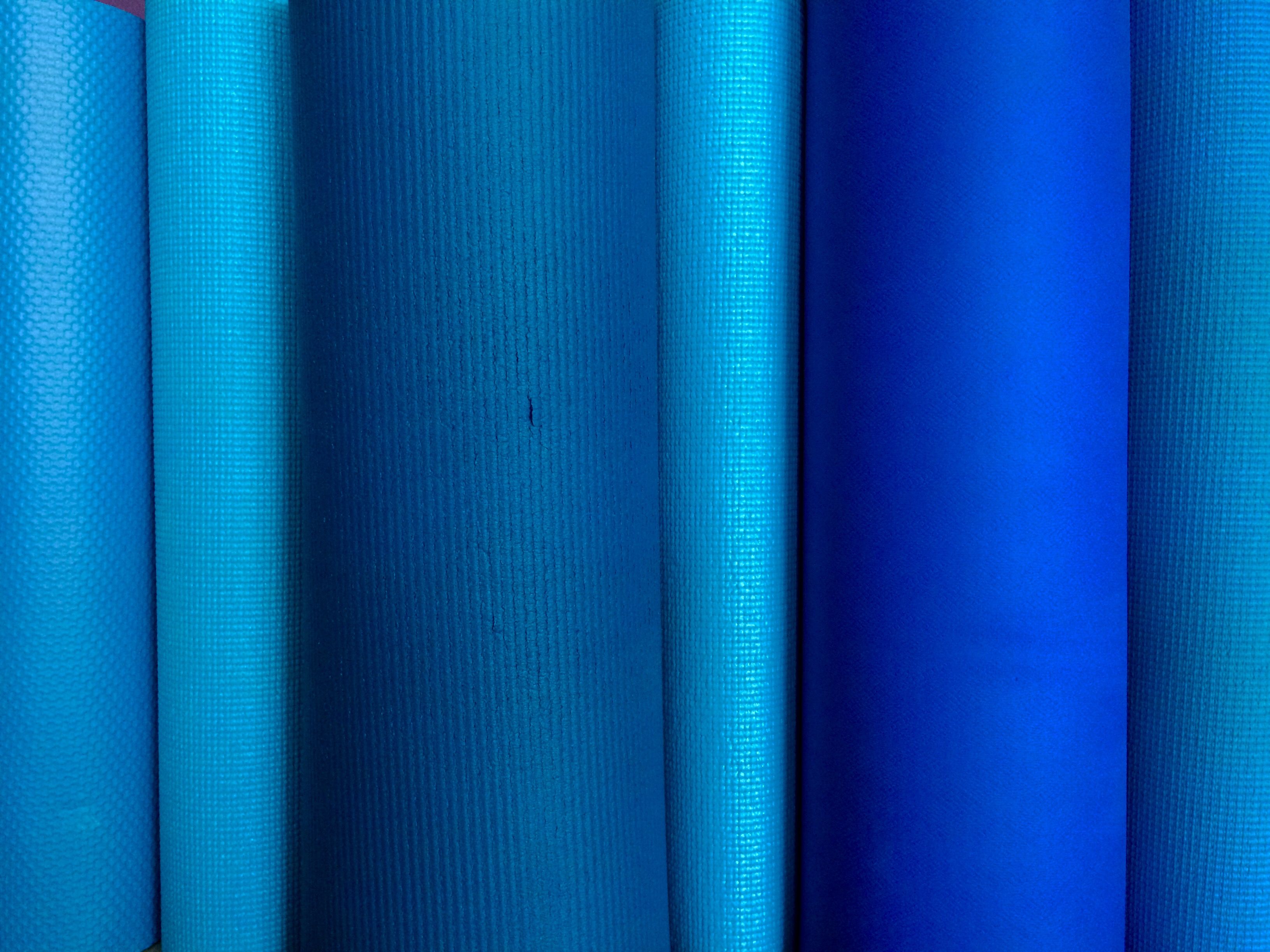When it comes to light therapy, two prominent contenders have emerged: blue light therapy and red light therapy. Each modality boasts unique benefits, applications, and potential drawbacks. As individuals increasingly seek non-invasive solutions for various ailments, understanding the nuances of these therapies becomes crucial. In this article, we will explore the mechanisms, benefits, and considerations of blue light and red light therapies to help you ascertain which option might work best for your specific needs.
Understanding Light Therapy
Light therapy harnesses the power of specific wavelengths of light to address a variety of health issues, ranging from skin conditions to mood disorders. It operates on the principle that exposure to certain light frequencies can influence biological processes, thereby promoting healing or alleviating symptoms. The efficacy of these therapies is particularly attributed to the way different light wavelengths penetrate the skin and interact with cells.
Blue Light Therapy: Mechanism and Applications
Blue light therapy primarily utilizes wavelengths in the 400-500 nm range, targeting the surface of the skin. This form of therapy is widely recognized for its efficacy in treating acne. The antibacterial properties of blue light assist in reducing the population of acne-causing bacteria, thereby preventing breakouts. Additionally, it possesses anti-inflammatory properties that can help soothe irritated skin.
Furthermore, blue light therapy is often employed in the treatment of seasonal affective disorder (SAD), a type of depression related to changes in seasons. Exposure to blue light mimics natural sunlight, thus potentially elevating mood and enhancing overall well-being. The therapy helps regulate the circadian rhythm, contributing to improved sleep and energy levels.
Some research also highlights blue light’s role in aiding skin rejuvenation. By stimulating collagen production, it may improve overall skin health, reducing the appearance of fine lines and wrinkles over time. However, overexposure to blue light can lead to adverse effects, including skin irritation and increased sensitivity.
Red Light Therapy: Mechanism and Therapeutic Uses
In contrast, red light therapy typically operates within the 600-650 nm range, delving deeper into skin layers than its blue counterpart. This depth of penetration enables it to influence cellular function more profoundly. Red light encourages mitochondrial activity, increasing ATP production, which is essential for cellular repair and regeneration.
Red light therapy is heralded for its versatility, finding applications in dermatology, sports medicine, and general health. In skincare, it promotes wound healing, reduces inflammation, and enhances collagen synthesis, making it particularly effective for conditions such as rosacea and psoriasis. Many individuals turn to red light therapy for its anti-aging properties, drawn by its potential to reduce wrinkles and restore skin elasticity.
A major advantage of red light therapy is its capacity to alleviate muscle and joint pain. Athletes often utilize it to expedite recovery from injuries and improve performance. It aids in reducing soreness and inflammation, thereby facilitating faster healing times.
Comparative Analysis: Blue vs. Red Light Therapy
When evaluating blue light therapy against red light therapy, several factors should be considered. The primary distinction lies in their modes of action. Blue light is predominantly effective for superficial conditions, providing rapid results for acne and mood disorders. Conversely, red light therapy delves deeper, promoting cellular repair processes and enhancing recovery on multiple levels.
Individuals with acne-prone skin may find blue light therapy to be the most appropriate choice, particularly if their primary concern lies within the realm of combating breakouts. The targeted approach of blue light can yield quite rapid improvements. However, those seeking holistic skin rejuvenation or suffering from inflammation and pain may benefit more from red light therapy due to its comprehensive cellular benefits.
Additionally, the side effects associated with both therapies are worth noting. Blue light therapy, while generally well-tolerated, can cause irritation or sensitivity in susceptible individuals. It also poses a risk of eye damage if proper precautions are not taken. On the other hand, red light therapy is frequently viewed as more universally safe, with minimal side effects reported.
Choosing the Right Therapy for You
Determining which light therapy is right for you hinges upon your individual needs and health objectives. If you are primarily grappling with acne or mood-related issues, blue light therapy might serve you well. Conversely, if your focus lies in anti-aging, reducing inflammation, or improving muscle recovery, red light therapy presents a profound option worth considering.
Consultation with a healthcare provider can also provide personalized insight, especially if you have pre-existing conditions or are taking medication that could influence therapy effectiveness. Moreover, discussing your preferences and any sensitivities can better inform your choice.
Conclusion
Both blue light and red light therapies offer unique advantages and applications tailored to distinct needs. With growing interest in non-invasive therapeutic options, understanding the benefits and limitations of each therapy empowers individuals to make informed choices regarding their health. As with any treatment modality, informed decision-making, coupled with professional guidance, lays the foundation for achieving optimal results.

